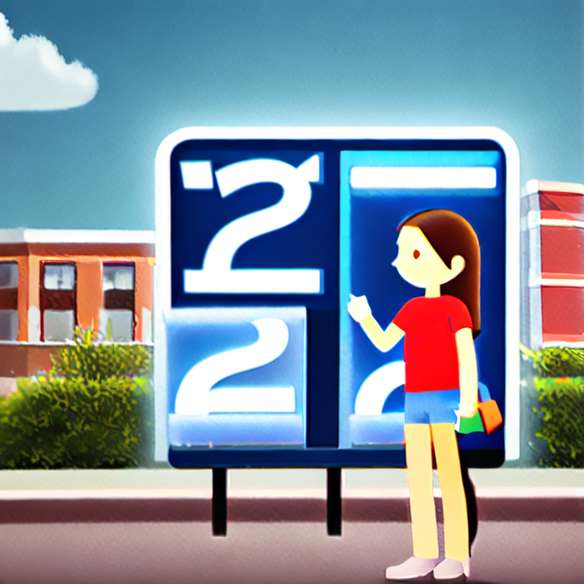Why do kids like to count?

Order in their lives and in their heads!
From an early age children have a great need for order. All child psychiatrists and early childhood specialists agree that in order to build child needs rituals in his life and in his daily life: bedtime ritual, school / WE, from breakfast to bedtime, the days follow and look alike. These successions of things, bring him a certain security, help him to build himself and the structure. At 12 months, a baby likes to stack, recess, create sets, 1, 2, 3, red, yellow, green, cubes, from the smallest to the largest ...
Therefore, on a small scale, these small links are already real benchmarks in his small world. When he starts to speak thechild discover a real passion for numbers. In song, thanks to the many games he has, going up the stairs with dad and mumby observing the animals on the tapestry of his room, he counts again and again. A little later, the numbers make sense when thechild manages to associate these with objects: there are 3 apples in the basket, there are 4 yogurt in the fridge ... They take a quantitative dimension, they master them and he understands the meaning, it's jubilant . Thechild is in search of performance. He wants to count always further.
And after 100, what is it?
Around the age of 4/5, thechild has a great interest in life and the mysteries that surround it: Birth, death, the human being, the infinite ... He begins to ask questions: "Where was I before I in the belly of mum? "or" What's after death? "In his unconscious, 0 represents the birth, the origin of the human being, and 100 the infinite and the death. allow us to identify ourselves in space and time, to project ourselves into the future "when I would be 100 years old ...", they are a concrete support for his questions about his origin and his future.
The numbers make it grow!
As the months go by, your child acquires a vocabulary that is richer and more and more "clean", without even giving an account. The learning of numbers is different. The more he counts away and the more hechild is proud of him. He is therefore fully aware of his progress in this area. Counting more and more far is rewarding and stimulating! Thechild will then seek to push these limits further and further. Realizing that he is counting further than the day before, he becomes fully aware that he is growing up and becoming more and more competent.
Daily figures ...
The children have neither the notion of time nor the notion of space. Without even realizing it, the parents use the figures every day to make themselves understood and to explain everything that is abstract for their children : "In 2 dodos it's the weekend, the 3rd car turns right, the school is 5 subway stops from the house ..." Without its cues, the children would not be able to locate in space and time.
In addition to spatio-temporal landmarks, the figures also allow children to be in relation to others: "I'm 4 and a half, I'm a big one! And you how old are you?" but also to identify "I'm 3 and a half, I have 1 dad and 1 mum, 1 brother and 1 sister ".
As you can see, the numbers, your child love them. To accompany him on a daily basis, do not hesitate to overdo it (rhymes, games, benchmarks ...), it reassures him, secures him and gives him a structure that he needs to build and grow!








